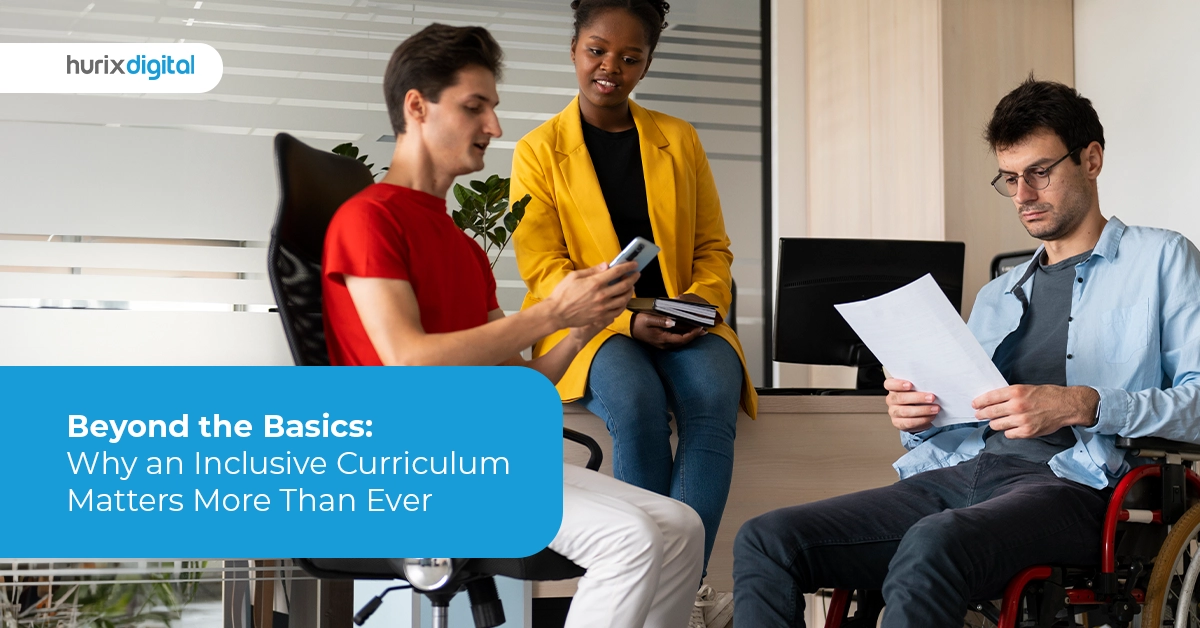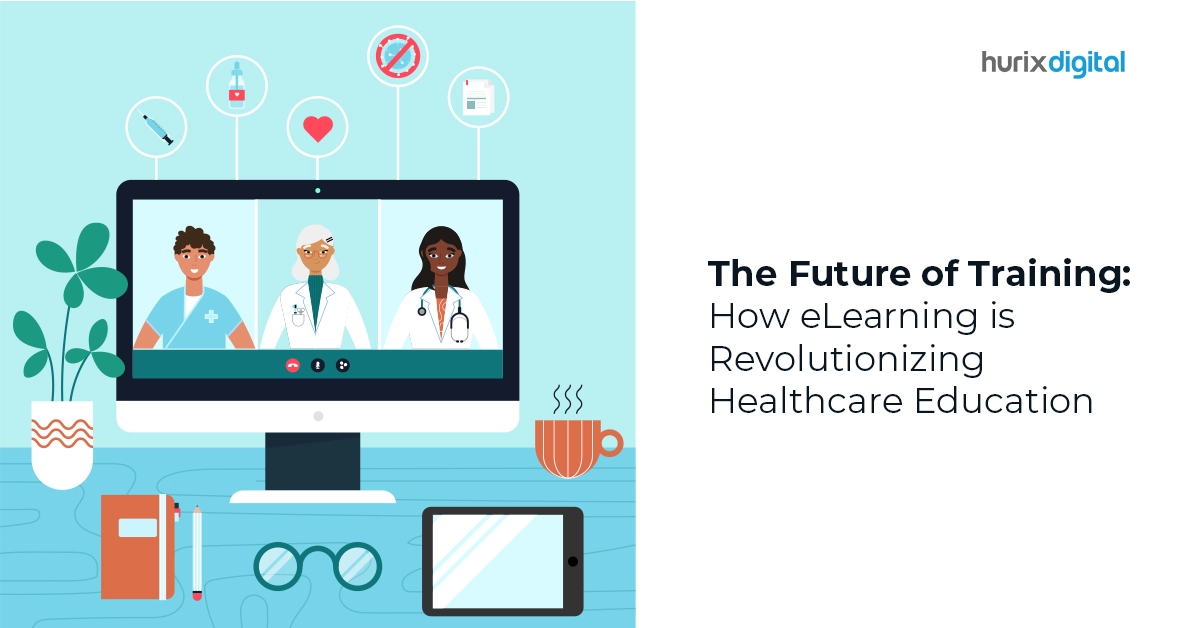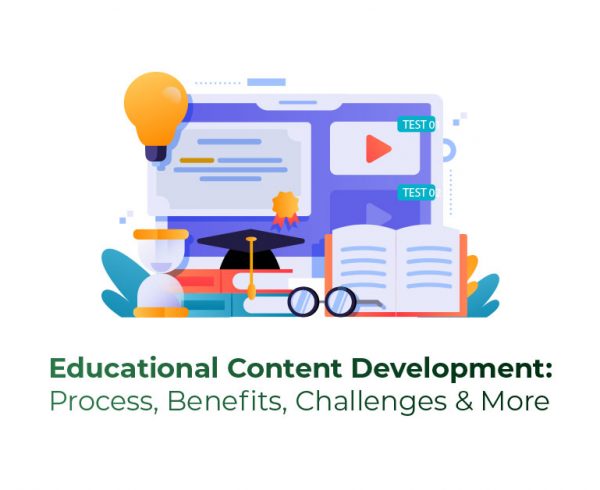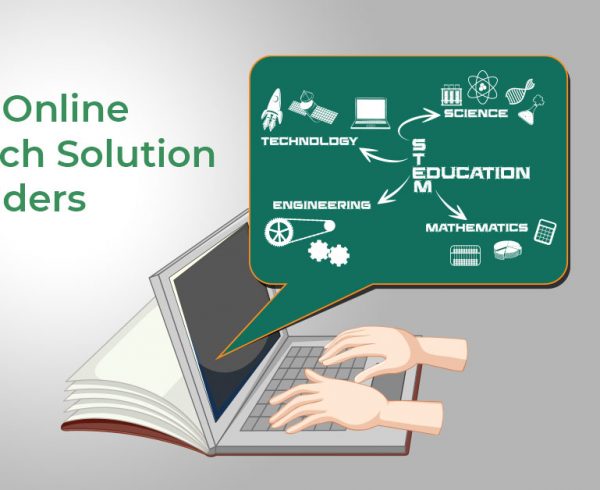Summary
Forget the one-size-fits-all approach. Inclusive curriculum development, with its emphasis on diversity, student-centered learning, and thoughtful assessments, unlocks the potential of every student, creating classrooms that buzz with vibrant learning and understanding.
Curriculum development, once considered a rigid framework of textbooks and standardized tests, is undergoing a revolutionary shift. Educators are realizing that true learning lies not just in a single narrative, but as a tapestry woven from diversity in education. An inclusive curriculum, informed by thoughtful curriculum design principles, is the key to unlocking the true potential of pedagogy.
Table of Contents:
- How does an inclusive curriculum benefit your students
- Examples of inclusive curriculum in action
- Conclusion
Imagine a classroom that doesn’t just organize monotonous lectures, but offers diverse perspectives. Where students, empowered by their unique identities and experiences, engage in passionate debates about history, dissect scientific breakthroughs from varied cultural lenses, and design solutions to complex problems through collaborative, student-centered learning. This isn’t a futuristic dream, but a heartening reality of schools and universities embracing inclusive education.
How does an inclusive curriculum benefit your students?
It’s not simply about checking a box on a diversity checklist. It’s about:
- Empowering Critical Thinkers: By grappling with complex issues from various angles, students learn to question assumptions, analyze information, and construct their own knowledge. This equips them for lifelong learning and problem-solving in a world of ever-evolving challenges.
- Igniting Self-Belief: When students encounter diverse voices and narratives within their learning materials, they see themselves reflected in the fabric of history, science, and literature. This validates their identities, fosters self-worth, and fuels their motivation to engage.
- Building Bridges of Understanding: An inclusive curriculum challenges biases and stereotypes, exposing students to a multitude of perspectives and experiences. This nurtures empathy, respect, and the ability to navigate a world teeming with different viewpoints.
Also Read: Unleashing the Power of Inclusive Design for Enhanced User Experiences
Examples of Inclusive Curriculum in Action:
- History class: Analyze primary sources from diverse perspectives to explore the complexities of colonization, not just from the colonizer’s lens. Discuss the contributions and resistances of marginalized groups within historical narratives.
- Science class: Investigate environmental issues disproportionately impacting specific communities. Design projects that empower students to advocate for environmental justice and sustainable solutions in their own localities.
- Literature class: Move beyond the traditional canon and showcase works by authors from varied backgrounds and writing styles. Analyze themes of identity, social justice, and cultural heritage through their unique lenses.
Also Read: Beyond Textbooks and Checklists: Why an Inclusive Curriculum is Your Classroom’s Secret Weapon
Conclusion
Building an inclusive curriculum requires deliberate steps to be taken for thoughtful course development:
- Student-Centered Learning: Embrace active participation and collaboration. Differentiate instruction to cater to various learning styles and abilities. Remember, there’s no “one size fits all” approach!
- Content Curation: Seek out diverse materials that reflect the richness of human experience. Feature historical figures from marginalized communities, explore scientific advances through different cultural prisms, and showcase literature that voices the struggles and triumphs of underrepresented groups.
- Assessment Beyond the Test: Ditch the standardized mold and celebrate different ways of knowing and expressing understanding. Consider portfolios, presentations, or creative projects as assessment tools.
- Cultivating a Safe Space: Fostering a classroom where everyone feels safe, valued, and heard is paramount. Encourage open communication, address discriminatory behavior head-on, and celebrate individual strengths and cultural backgrounds.
Remember, inclusive curriculum development is a continuous journey, not a destination. It requires constant reflection, reevaluation, and professional growth. Seek out resources, collaborate with other educators, and embrace opportunities to refine your inclusive teaching strategies.
Ready to embark on this transformative journey? Hurix Digital is your partner in inclusive education. We offer interactive platforms, content and curriculum experts to help design courses that fuel student engagement. Let’s work together to ensure that every classroom becomes a vibrant space where every student’s unique voice contributes to the symphony of knowledge.
Reach out to Hurix today and make your classroom a safe and inclusive space for all students.











